This post by Monzer Zimmo is found at http://alcanaanite.wordpress.com/2010/09/07/palestinian-recognition-of-israel-a-jewish-state-why/
Monzer Zimmo is a “Palestinian-Canadian living and working in Ottawa, Canada. Monzer is an advocate of resolving the Palestinian-Israeli conflict through the peaceful creation of a bi-national-democratic state on all the territory of historic Palestine, where Christians, Jews, Muslims, and others live together as equal citizens; be and feel safe, secure, and at home.”
Why do Benjamin Netanyahu, Avigdor Lieberman, and other Zionist leaders insist that “without Palestinian recognition that Israel is the state of the Jewish people, there will not be peace”? They have declared themselves as such. They enjoy the support of most European nations, United States of America, Canada, Australia, and many other countries in the world that have no problem whatsoever in describing the state of Israel as such. Many Arab countries – with leaders suffering from near-sighted vision – would have no problem going along with that concept. Almost every country with significant military, economic, or diplomatic power and influence either fully agrees with the description of the state of Israel as the state of the Jewish people or has no real problem with it. So, why does the Israeli leadership insist on demanding that recognition from the powerless, penniless Palestinian leadership?
Here are some thoughts in that regard: Continue reading “Palestinian recognition of Israel, a Jewish state — Why?”


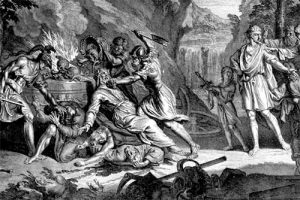
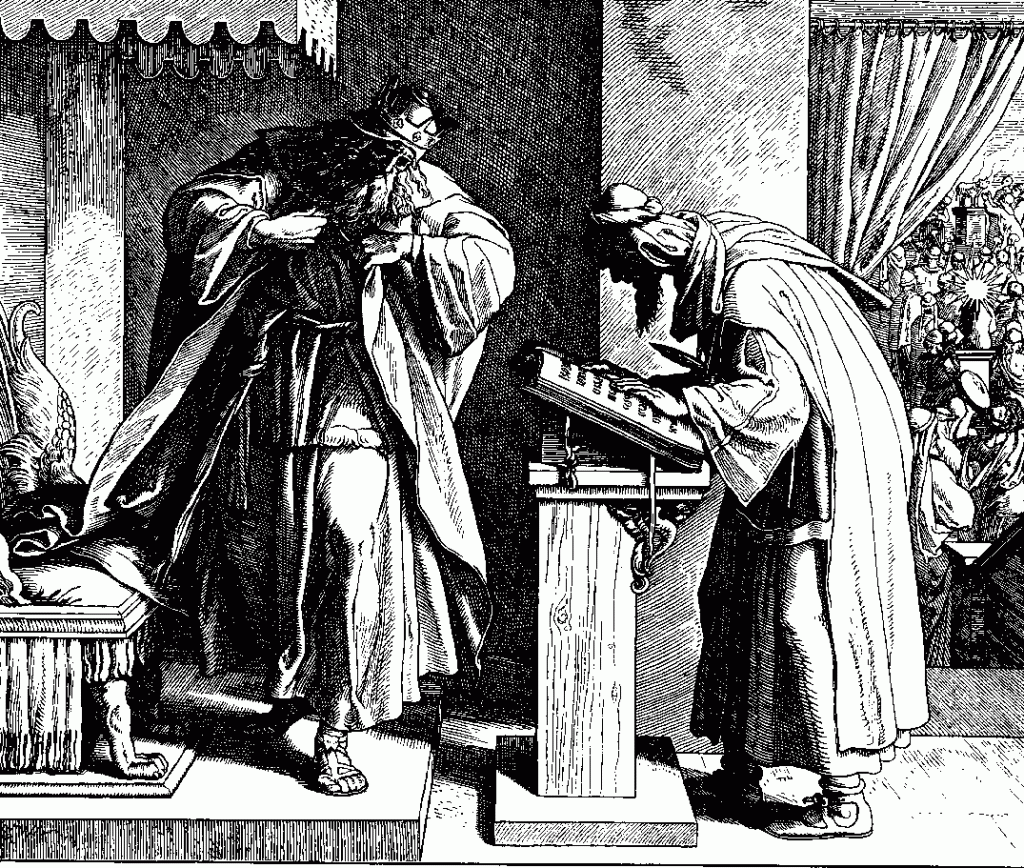
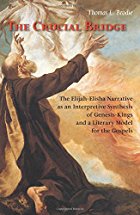 Thomas L. Brodie presents an argument that the Gospel of Mark was in its basic outline, plot and structure based on the Elijah-Elisha narrative in the Old Testament. I am not quite sure what to make of his case at times, but cannot deny its interest. I have no problem accepting that Mark used some of the miracle stories from Elijah and Elisha as templates for his Jesus miracles, but Brodie goes much further than this. His book is
Thomas L. Brodie presents an argument that the Gospel of Mark was in its basic outline, plot and structure based on the Elijah-Elisha narrative in the Old Testament. I am not quite sure what to make of his case at times, but cannot deny its interest. I have no problem accepting that Mark used some of the miracle stories from Elijah and Elisha as templates for his Jesus miracles, but Brodie goes much further than this. His book is 
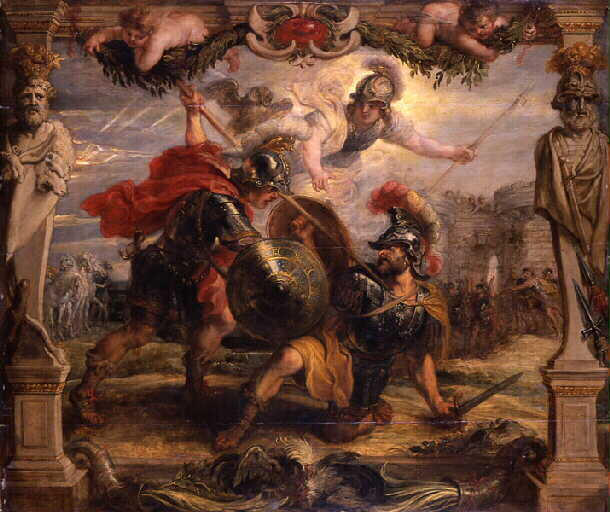
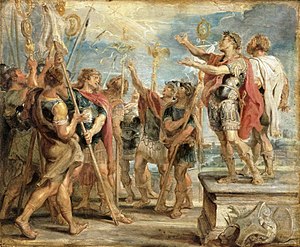
 Rick has posted another constructive response,
Rick has posted another constructive response, 